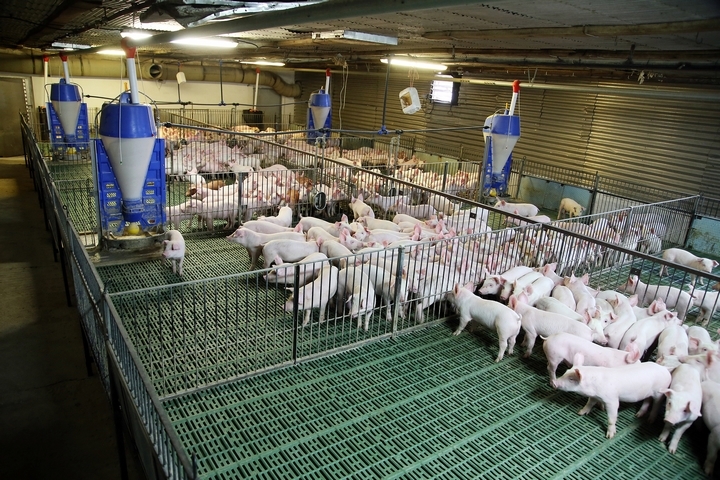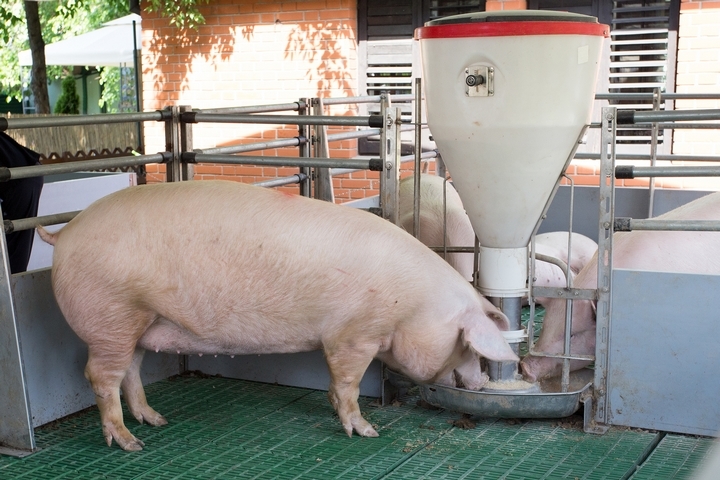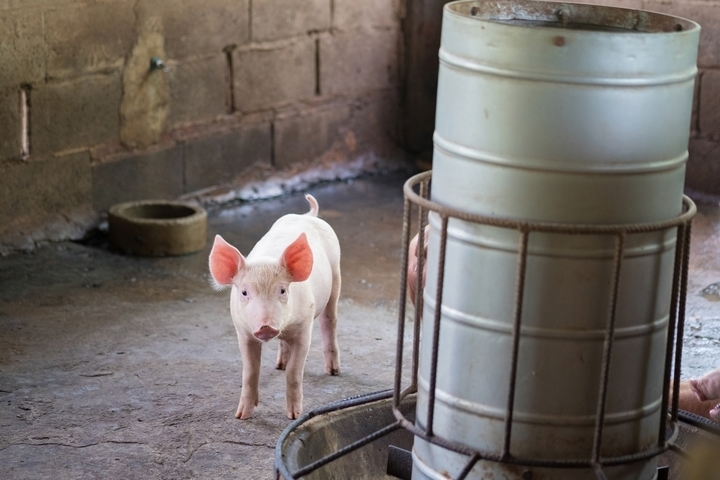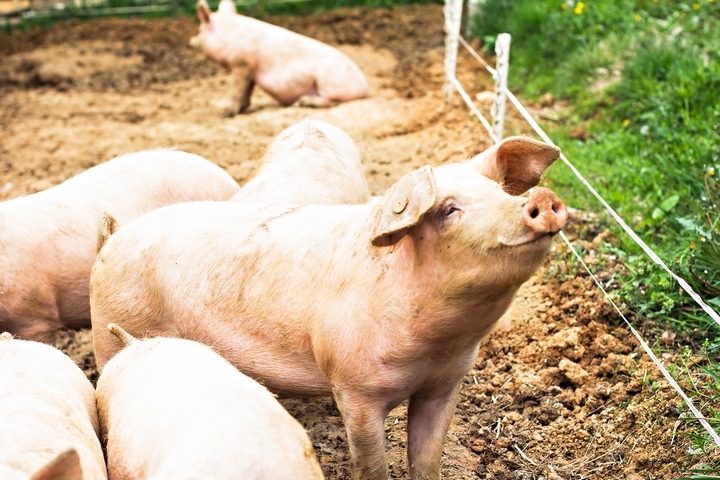Three Important Floor Considerations in Hog Production Facilities
In an age of pandemic and supply chain disruptions — especially in the production of meat and other agricultural commodities — the need for reliable, state-of-the-art livestock facilities takes on added importance. Both animal health and farm solvency depend on a safe, clean and user-friendly barns, and hogs are no exception. Particularly essential in the case of swine is the installation and maintenance of durable pig flooring. Pigs require a specific floor set-up that enhances robust growth and collective health. The experts at Canarm may be able to provide more insights if you require additional information.
1. Design

Because hogs are raised in stages — i.e. breeding and birthing (farrowing), weaning and finishing — their quarters may evolve throughout their lifetimes as will their range and manner of movement. Solid pig flooring is designed to take this reality into account. Whereas a solid floor, often consisting of concrete covered with bedding, are warmer and more comfortable for newborns, they make manure management more challenging and time-consuming. Pig flooring like this is frequently constructed at a slight incline to make cleaning easier. On the other hand, many farmers prefer slotted flooring for hygiene sake. Composed of evenly-spaced slats, manure drops between the slats, which are optimally spaced either 3/8 of an inch or a full inch from one another.
2. Materials

What makes up the flooring is as equally significant as how it is laid out. Again, the size of the swine operation will be a factor in the decision of what materials to use. In most cases, farmers have a choice between plastic and concrete slats. Plastic slats are easier to wash and to dry. In addition, they are non-porous and stand up better against corrosion. By the same token, plastic slats are more expensive and — when wet — more slippery and dangerous. Concrete, by contrast, is cheaper and it better endures the weight of heavier pigs. Att the same time, however, they are more prone to deterioration by liquid feed and acidic urine.
3. Mats

As demonstrated above, safety is a constant concern when raising swine. Even employing the best engineering and top-flight materials, pig facilities see a share of accidents and injuries on an annual basis — lameness, arthritis, abrasions and teat damage, to name a few. Mats can help to mitigate these problems by providing traction and temperature control. Although straw bedding can do likewise, mats offer uniform cushioning; insulation against cold and heat; and better sustain foot traffic and, on occasion, wheeled traffic from carcass carts and loading chutes. Best of all, mats can be cleansed with little fuss and in short order.
Summary
Pigs live closer to the ground than people. Their welfare depends on floor materials, design and covering.

